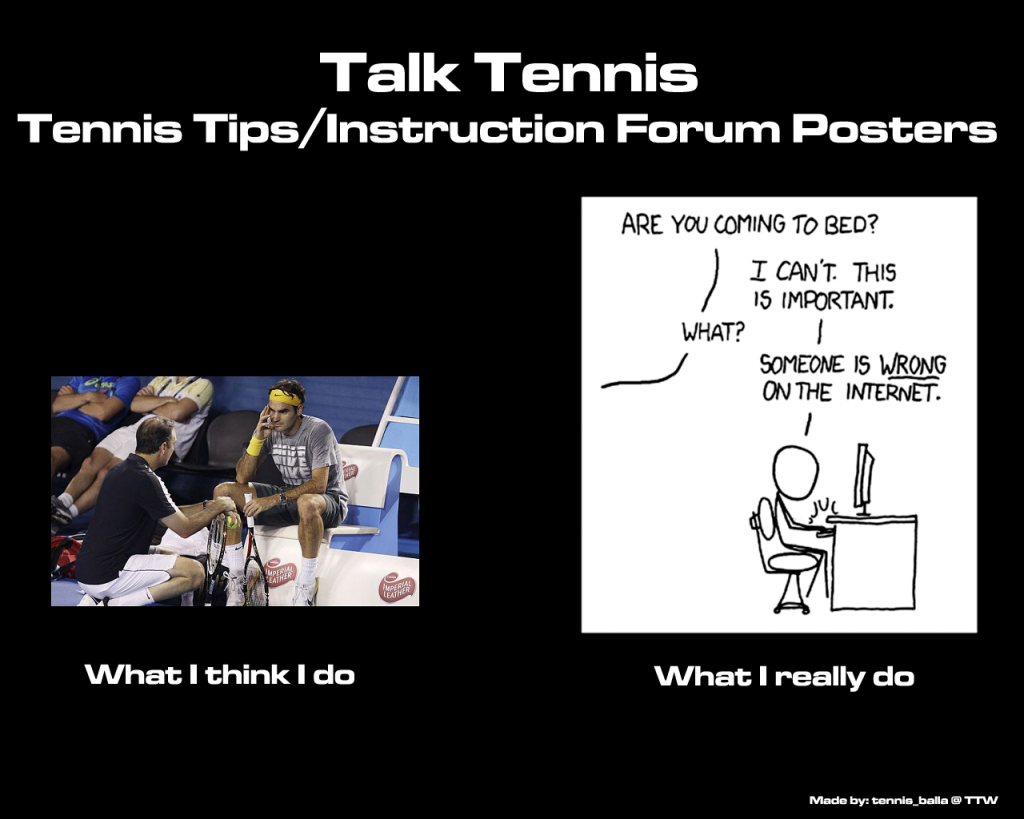I would like to thank Pat and Will for making that video. I picked it up INSTANTLY and now have Rafters serve! Thanks to Relinquis for the only real dude on this forum that gets it. He might be describing it not exact, but he did show how he can use it for a second serve also.
For those that aren't getting it... It a)might be a tall man serve(I am 6 foot 2), or you can try b) you have to hit it almost like a first flat serve. Meaning, the toss has to be hit HIGH and then PULLED DOWN. So, yes, for a lot of you with a good kick serve, the exact OPPOSITE that you have learned. Also, the start of it is almost like a flat serve but watch Pat as he explains his racket path and follow through, those are most key. And realize, as Pat also says, it is NOT a kick serve. Just a wicked spin serve that bounds and with the spin string I have makes some crazy bounces off the court after it hits!
Luckily my kick serve sucks and I hate arching my back.. Again, if you do any of this, it really won't work, because you will not be getting your body high enough to pull down with your arm and body.
I also have the "master series" matches recorded on my dvr and watched him serve against McEnroe. He used his 10 to 2 second serve not only for his second serve, but used more of this swing path to serve wide on the deuce side(I think Mac picked up on that and then started to pass him on that serve). The 11 to 4(I use 12 to swing path) serve was either an ace or a service winner or easy volley nearly every time for Pat(he even snuck it in occasionally as a second serve on Mac). And, he was, though I might not have all the series, undefeated in the episodes I have(even beat Pete Sampras relatively easily.)
I love this serve because now, with the same toss and position, i can mix up my first super flat serve with now a safer and more unpredictable for opponent spin serve so they can't get timed on my big flat one!(though Pats serve has plenty O pace also, which I love about it the most!)
And finally, Pat did mention that if you can still not do his serve, just go from 8 to 1(which never worked for me).


